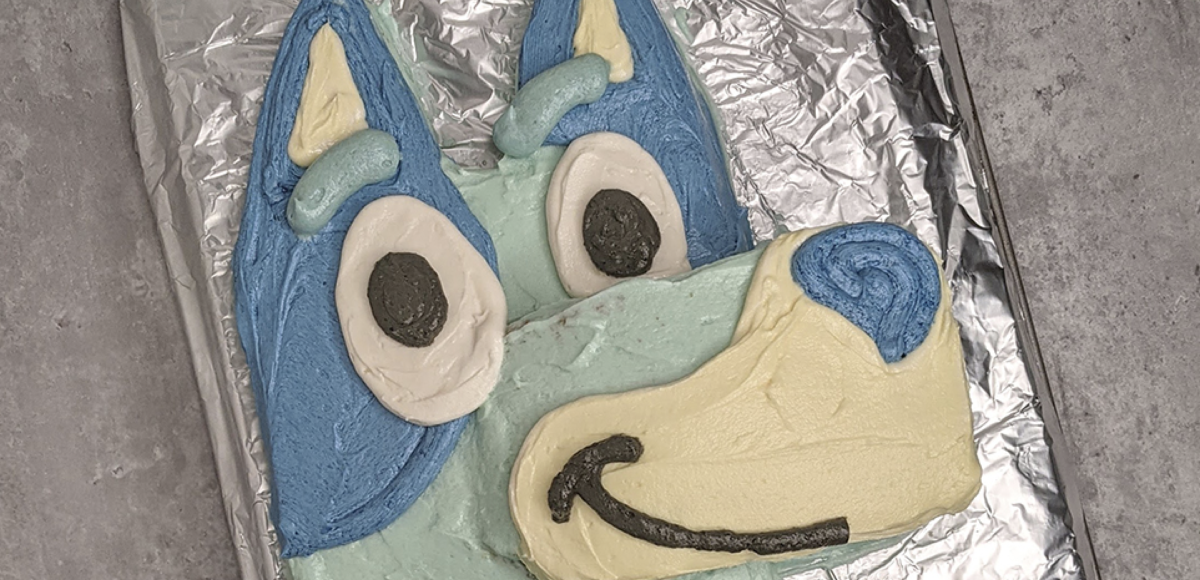This post may contain affiliate links. Every link is hand-selected by our team, and it isn’t dependent on receiving a commission. You can view our full policy here.
Admittedly, I really wanted the title of this post to be “What The Founder Of Poo-Pourri Can Teach You About Making Sure Your Shhh Don’t Stink.” But that’s a little long, and it didn’t totally fit the vibe of this post, so I decided to go the straightforward route.
It’s all inspired by a recent episode of Marie TV, where Marie Forleo interviews Suzy Batiz, the founder of Poo-Pourri. As in, the woman who’s built a $300 million business — without borrowing a dollar or enlisting investors — off of a spray that keeps your bathroom from smelling after someone goes No. 2. Batiz has gone through it all, including two bankruptcies, before she launched the company that went viral for solving a problem nobody wanted to talk about, but the most compelling part of her interview was how she’s eventually decided which ideas are worth pursuing, and which are best left tabled.
Ideas can come to you at any time, but knowing which ones are worth risking everything on is the tricky part. When Batiz asked psychologist and writer Gay Hendricks how he knew, he answered simply: He follows the thing that makes him come alive the most.
What does that even mean?!
Batiz broke it down. For her, it’s a combination of two key factors:
- The idea gives you the chills
- It won’t leave you alone
“I’ve had ideas that I’ve had for 7 years,” Batiz told Forleo. They keep coming back to her, and every time, they’re as exciting as the last. That doesn’t mean you should wait forever to take action; it’s just that if you’re on the fence, maybe table it for a few weeks, or months, and see if it was just flash-in-the-pan excitement, or if it had staying power.
If you find the thing that hits on both levels — that you truly feel excited about — but you’re still feeling uncertain, Forleo suggested another test. Focus on the idea and how it makes you feel. “Do I feel expansive or contractive?” Forleo asks. By that, she means, does your energy rise and do you get that excited, coming-to-life feeling, like you just can’t wait to get started? Or do you feel yourself pulled inward, feeling blocked or stifled? That’s the difference between being motivated by your intuition or fear, and the latter can compel you to do things that look good to others (that old “should vs. must“) or sound good, without actually being something the compels you.
The latter form of motivation can really trip you up, causing you to try to push through and force something to work at any cost, especially to avoid admitting you’re wrong. Batiz calls this “the struggle,” and she’s taught her employees to look for those moments in projects when they’re essentially trying to make fetch happen — when it’s never going to happen. In those moments, she says, the best thing you can do is treat it like a zen master’s sand painting, and wipe it all away. And be okay with that.
That doesn’t mean quit when things get difficult; it’s more about finding the idea worth fighting for, but not becoming so blinded by it that you’ll run your whole life into the ground to try to force it to work when every sign in the world is telling you it won’t. Or it won’t right now (so you need to slow down). There’s personal investment, and personal obsession, and sometimes, the line between the two gets blurry.




